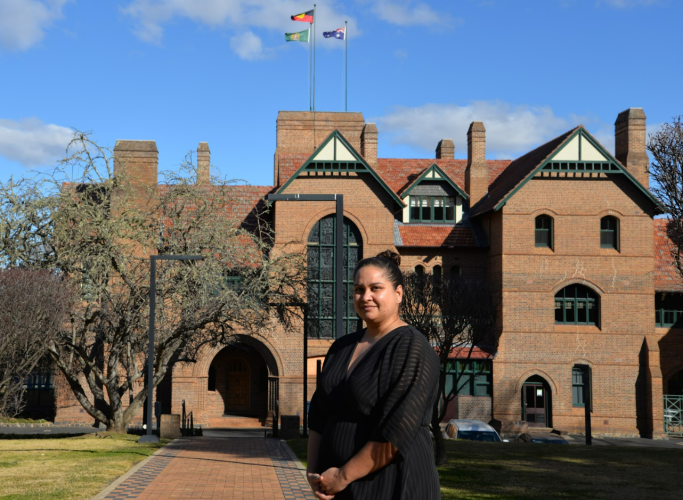Still time to apply for 2023 AMA Indigenous Medical Scholarship
Enrolled Indigenous medical students have until the end of the month to apply for this year’s AMA Indigenous Medical Scholarship program.

Enrolled Indigenous medical students have until the end of the month to apply for this year’s AMA Indigenous Medical Scholarship program.
The scholarship, made possible by the generosity of AMA members, helps an Indigenous medical student who has completed their first year with $10,000 per year for the remainder of their medical degree.
Last year, the scholarship went to Malissa Hodgson and Cameron Howard.
Malissa Hodgson, an Arrernte, Pitjantjatjara, Nunkuntjatjara, Keytej, Arabana, and Meriam woman from Alice Springs said financial stress is one of the biggest barriers for young Indigenous people wanting to study medicine.
Ms Hodgson said the AMA scholarship has allowed her to have security to undertake placements and focus on study.
“As an Indigenous female medical student from remote Northern Territory it is taking sacrifices for me to become a doctor. Financial stress is one of the biggest barriers to studying and it has also impacted me. I've not been able to go home for funerals or for holidays and I’ve felt the stress of placements. I've witnessed Indigenous medical students drop out of medicine partly due to finances.
“To get the skills I need to be the best doctor I can be to serve my rural and remote communities I need to get the experience. My degree requires me to do placements around NSW including relocating three times in five years. I am very grateful for the AMA Indigenous Medical Student Scholarship as it enables me to have some security throughout the duration of my degree.
“It is not only an investment in me, but also my family and the rural and remote communities I will return to. I hope to see more Indigenous medical students supported to achieve their studies to become doctors so we can have a culturally safe workforce which will help close the gap in life expectancy.”
Ms Hodgson said less than 1 per cent of the Australian medical workforce is Indigenous doctors.
“If we are to increase that number, we need to invest in Indigenous medical students particularly from remote areas and make graduating achievable,” she said.
AMA President Professor Steve Robson said increasing the number of Indigenous doctors in the health system will help Close the Gap contributing to better health outcomes to First Nation’s patients.
“Not only is it important for the Aboriginal and Torres Strait Islander doctor workforce to grow, but the health system, as a whole, benefits from the unique perspective brought to medicine by Aboriginal and Torres Strait Islander doctors,” Professor Robson said.



